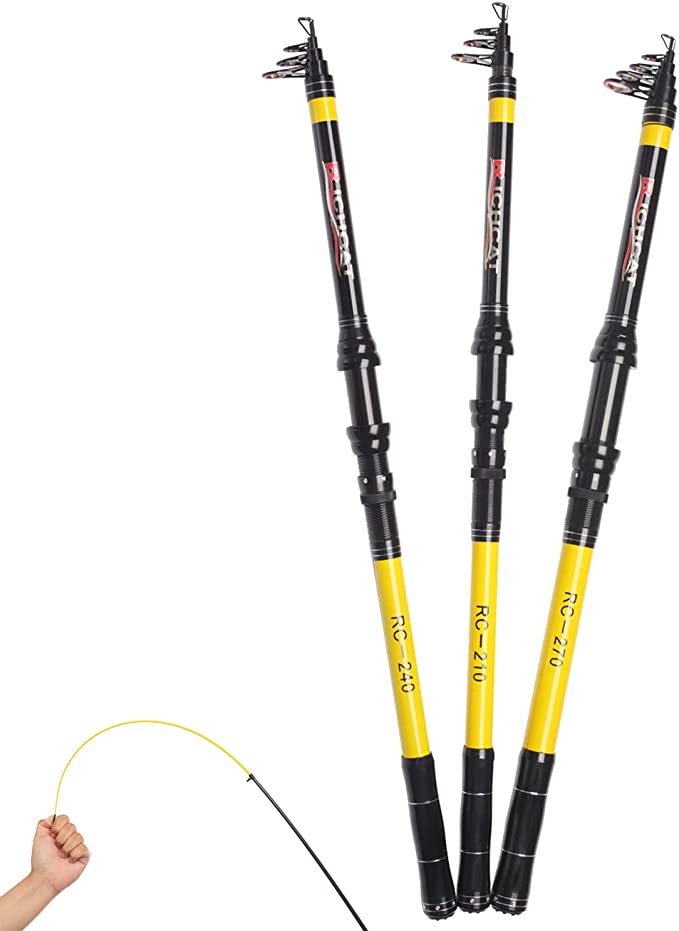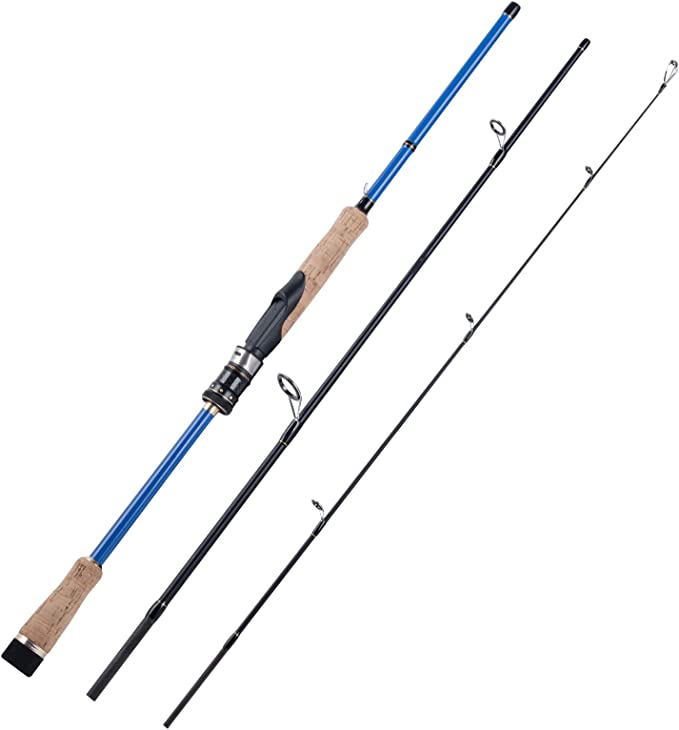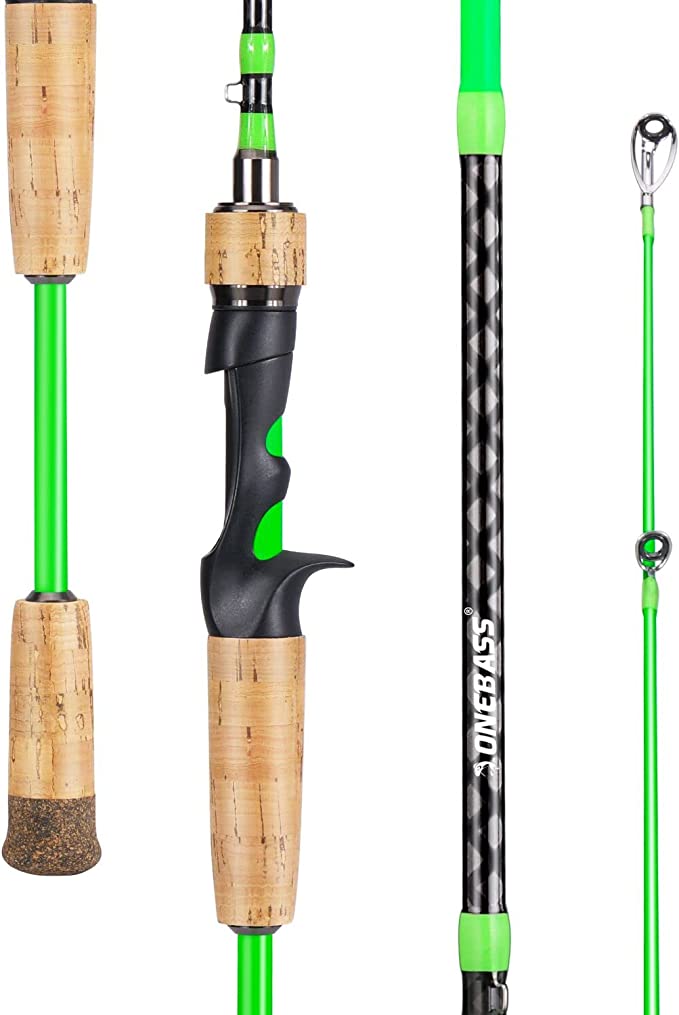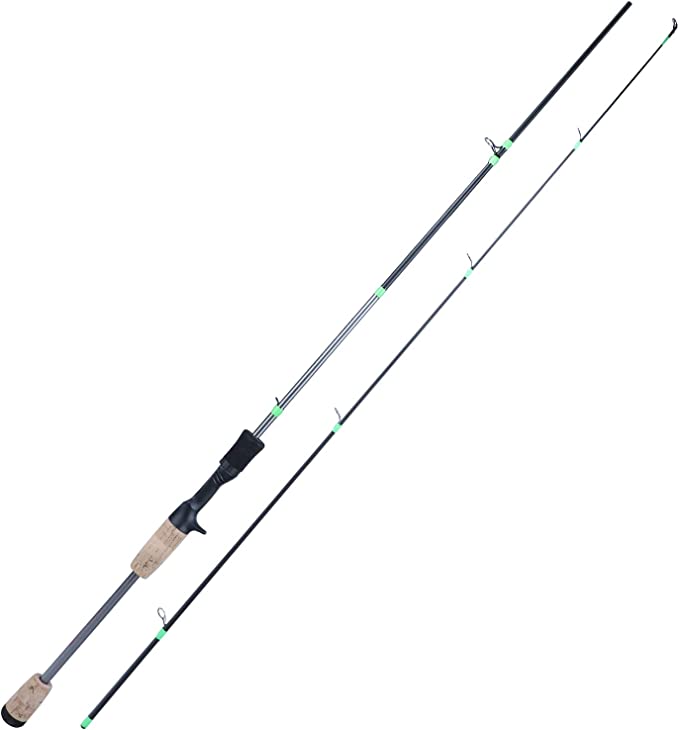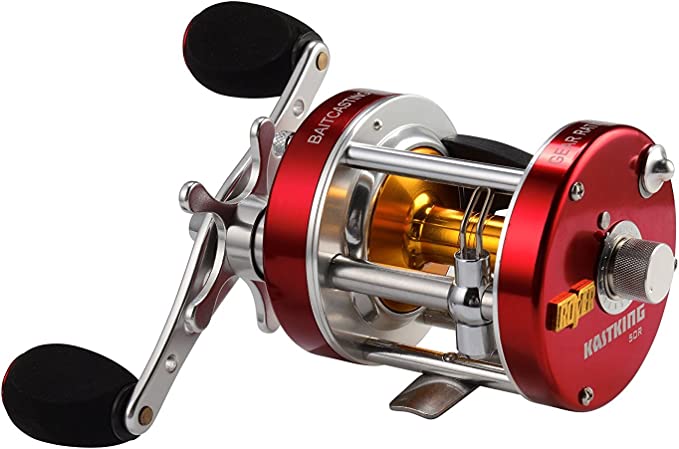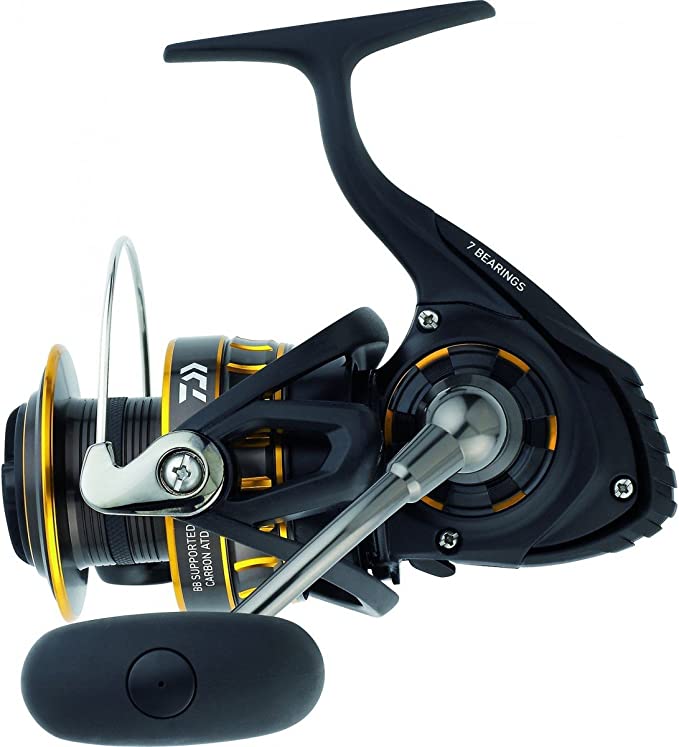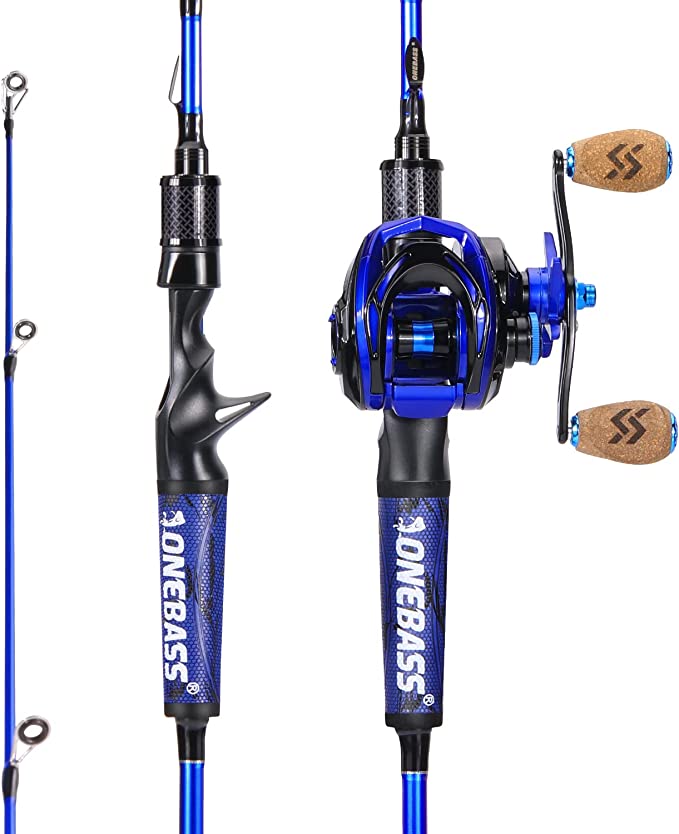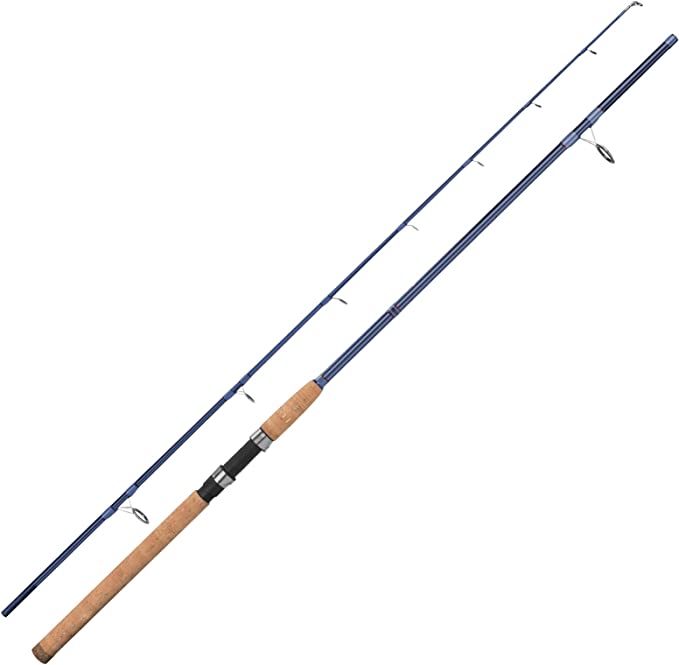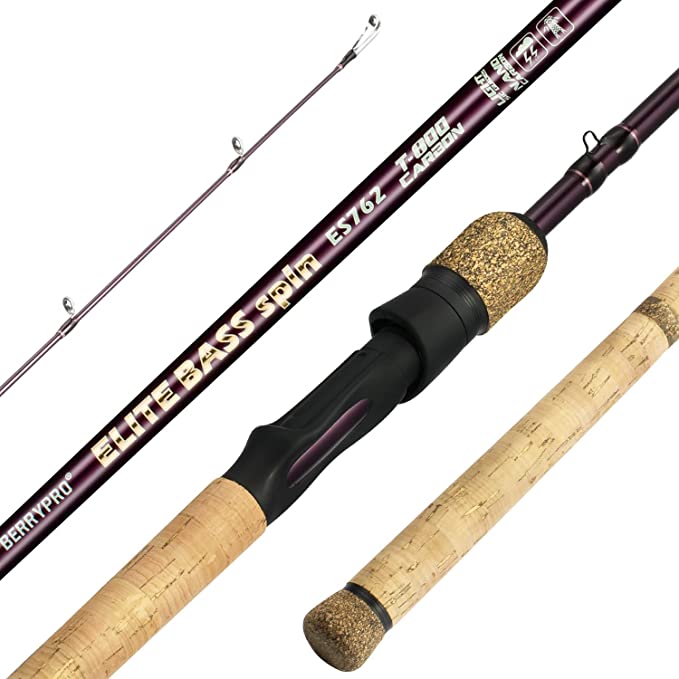The Physics of the Cast: Why Carbon Modulus and Rod Action Matter More Than Price
Update on Nov. 19, 2025, 6:56 p.m.
To the uninitiated, fly fishing appears to be a gentle, almost mystical activity. But strip away the romance of the river, and what remains is a pure exercise in physics. The fly rod is not a magic wand; it is a flexible lever designed to store and release potential energy.
Understanding this mechanism is the barrier between flailing at the water and executing a graceful loop. Today, we deconstruct the engineering behind modern composite rods, using the Goture 9ft Fly Rod (Poder Series) as our laboratory specimen. It offers a perfect case study in how material science—specifically carbon fiber blending—democratizes high-level performance.

Decoding the Matrix: 30T + 36T Carbon Fiber
Marketing materials often throw around terms like “high modulus” without explanation. In the case of the Goture rod, the specification “30+36T Carbon Fiber” is the most critical data point.
“T” refers to Tonnes of pressure required to deform the material, a measure of Tensile Modulus (stiffness). * 30T (Standard Modulus): Provides durability and flexibility. It forms the “muscle” of the rod, allowing it to bend deeply without snapping. * 36T (High Modulus): Provides lightness and sensitivity. It acts as the “nerve system,” transmitting the subtle vibration of a fish taking the fly.
By blending these two, engineers attempt to solve the “Graphite Paradox”: High modulus rods are incredibly sensitive and light, but brittle like glass. Low modulus rods are tough but heavy and dull. The Goture’s hybrid layup aims for a “Goldilocks” zone—resilient enough to survive a mistake, yet crisp enough to feel a strike. [Image of carbon fiber weave structure]
The Kinetics of “Whippy”: Why Action Dictates Learning
Seasoned anglers often describe this rod as “whippy” or having a Slow to Medium Action. While some view this as a negative, physically, it is an advantage for the developing caster.
Rod Action describes where and how easily the rod bends. * Fast Action (Tip Flex): Bends only at the top. Requires impeccable, rapid timing. High performance, high penalty for error. * Slow/Medium Action (Full Flex): Bends deep into the blank, closer to the handle.
A “whippy” rod like the Goture 4wt or 5wt acts as a Time Dilation Device. It loads (bends) more slowly, keeping the “casting window” open longer. This forces the angler to slow down their stroke, waiting for the line to unfurl behind them. It provides tangible feedback—you can feel the rod loading all the way into the cork grip. For building the muscle memory of the “10-and-2” casting clock, this deep flex is far superior to a stiff, fast-action rod that masks timing errors.

The Fragility Factor: Understanding Graphite Failure
A recurring theme in user feedback for all graphite rods is breakage, often at the tip. It is crucial to understand that this is rarely a manufacturing defect and more often a misunderstanding of Vector Physics.
Graphite is strong in tension (pulling) but weak in compression and shear. * The “High-Sticking” Error: When landing a fish, if you raise the rod past 90 degrees (vertical), the tip bends back onto itself. This creates an acute angle where the fibers are compressed beyond their limit, causing them to shatter. * The Solution: The Goture’s 30/36T construction is robust, but no graphite can survive high-sticking. The rod is designed to fight fish with the thick butt section, not the delicate tip. Keeping the rod angle low (45 degrees) transfers the load to the strongest part of the blank.
The 4-Piece Energy Curve
Historically, multi-piece rods were inferior because the joints (ferrules) created “dead spots” that interrupted the flow of energy. Modern manufacturing has largely solved this. The Goture rod utilizes spigot ferrules or precise sleeve-over designs that maintain the taper.
When assembled, the 9-foot length acts as a continuous spring. The energy generated by your forearm travels through the cork grip, accelerates through the mid-sections, and snaps the tip forward. The 4-piece design is not just for travel convenience; it breaks the rod down into manageable vectors for storage without sacrificing the integrity of this kinetic chain.

Conclusion: The Instrument of the Water
Fly fishing is a discipline of feel. The gear is merely an interface. The Goture 9ft Fly Rod represents a smart application of material science—using a strategic blend of carbon moduli to create a tool that is forgiving enough to learn on, yet sophisticated enough to perform.
It invites the user to slow down, to feel the load of the line, and to understand that the perfect cast is not about force, but about the smooth, efficient transfer of energy. It is, in essence, a physics lesson you can take to the river.
